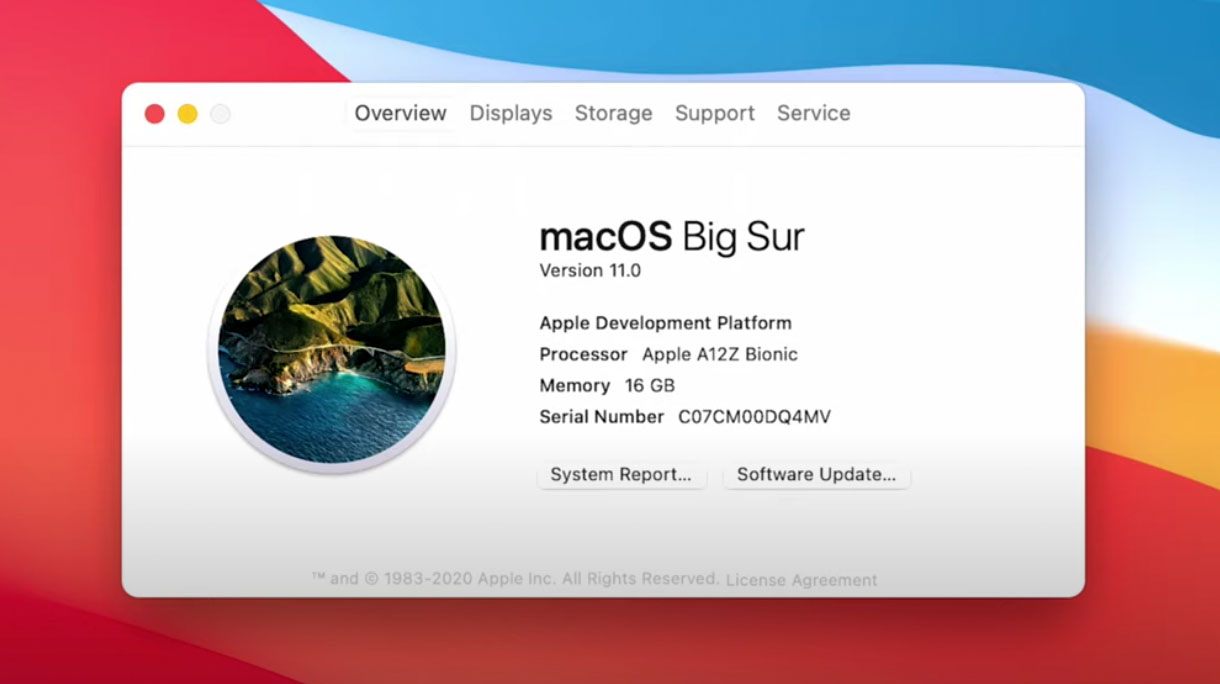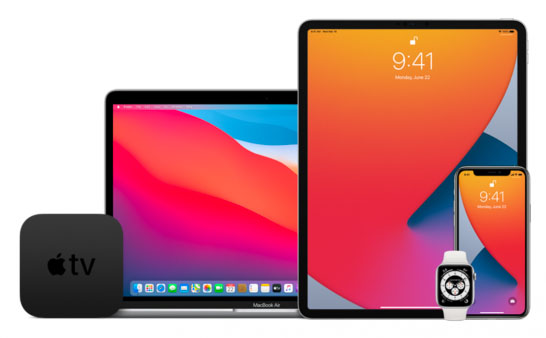ARM Powered Desktop: from smartphones, tablets, laptops and hybrids to a full fledge machine
Apple just announced that it will migrate their iMacs and Macbooks to use Apple’s own ARM based silicon chip. Laptops and hybrids (2-in-1) with ARM-based processors have been around for a while now. So how is this move any different? For start, Apple is focusing on desktop too. Until today, we have not seen a full fledge desktop that uses a chip.
Introducing the ARM-based Desktop
Developers can apply for Apple’s Developer Transition Kit which includes a Mac Mini desktop powered by the Apple A12Z Bionic processor, the same 64-bit ARM processor used in today’s iPad Pro 12.9-inch and 11-inch (2020). During WWDC 2020, the new desktop operating system, MacOS Big Sur (version 11) was demo-ed on Macs running the same processor.

That processor is accompanied by 16GB of memory and 512GB of SSD storage, a more mainstream specification for a laptop and desktop compared to the relatively small memory and storage on the iPhone and iPads.
Here is where Apple’s strategy differs from that of Snapdragon, MediaTek and Microsoft as well as other system manufacturers. Going mainstream, pushing the ARM based system into a desktop.
While others are threading lightly given the work and cost involved to re-compile applications so they run natively on the ARM chip, Apple offers developers all the tools they need to make this happen. Apple sees this as the only way to get as many applications running natively on the new platform as soon as possible to convince consumers of the move.
Ultimately, this closes the loop for Apple products specifically the iMac, MacBooks, Mac Mini and eventually Mac Pro. Apple is bringing everything in-house, allowing for total control over the hardware, the machine language, the operating system and their in-house apps while helping third party developers convert their apps. Apple is already doing this for their iPhones, iPads and Apple Watch so it is not something new.
ARM Architecture Challenges
Most operating systems and applications are designed to run on the x86 architecture with processors from AMD and Intel. These are compiled to run using x86 and x64 machine language and as such will not work on ARM architecture. Developers will need to re-compile their apps for the ARM chip and the new operating system in which to run.
Consumers’ confidence, wait and see attitude and reluctance to use a new system altogether slows down the rate of adoption. It is not easy for ARM based system to go beyond smartphones and tablets to a laptops and desktops world deeply rooted with processors from Intel and AMD.
The strategy has to be to introduce key apps and Pro level apps like Microsoft Office, Adobe Lightroom and Photoshop to the platform while offering application virtualisation and x86 emulation in the interim to allow users to still run current software. Next, to encourage third party to re-compile their apps, ready for the new platform.
These challenges are not caused by the shortcomings of the platform. Far from that, as you will learn in the next section of the many benefits of switching over to the ARM processor. These challenges are external which, over time, will be overcome. Apple just gave it a leg up.

ARM Benefits
The ARM architecture is mature enough to go main stream. Around the same time Apple announced their move to ARM based systems, Fujitsu featured their fastest ARM processor in the form of 48-core A64FX system-on-chip processor with 2.7TFLOPS performance per chip.
The processor snaps up the world’s fastest processor title in the bi-annual Top500 super computer ranking, the first time an ARM chip has been awarded the title. While we won’t see this for the mass market, it is designed for high-end HPC (High Performance Computing) and AI, it goes to show that the ARM can hack it in an x68 world.
The benefits of using ARM based system is already enjoyed by many on a daily basis with their smartphones and tablets. We attempt to list all the benefits here:
- High level of performance on par or better than today’s desktops and laptops
- Efficient chip, low power consumption, therefore better battery life. In some cases, multi-day battery life for mobile devices like laptops and hybrids.
- Built-on smaller silicon engineering process, 7nm and runs cooler requiring smaller thermal and cooling system in most requires no active cooling therefore fanless and silent
- In smaller and lighter chassis as it takes of very little room
- More secure and reliable design to safeguard passwords, log-ons and sensitive personal information
- Designed with custom technologies such as machine learning, neural engine, high performance video editing, high performance GPU for gamin, HDR display support, advanced power management, high efficiency audio processor, and security.
- Other not user facing technologies include low power video playback, high performance storage, high-bandwidth caches, high-efficiency and high-performance CPU cores, always-on processor, high-efficiency DRAM, cryptography acceleration and unified memory.
- Always-on and always connected design with built-in modems for constant connectivity
- Artificial Intelligence (AI) and Machine Learning (ML) allowing applications to adapt to the way you use and interact with the system
- Powerful graphics and hardware acceleration for advanced video formats with up to 4K HDR video playback at 120 fps for streaming accompanied by high fidelity sound and true surround experience.

What About Existing MacBooks and iMacs
This is a carefully calculated move. Apple insists that they will continue to release and sell MacBooks and iMacs with Intel processors in the foreseeable future. To say otherwise, would shot themselves in the foot and causes sales to decline. Consumers will hold back, knowing that something shiny and new is around the corner. Apple also promised a new ARM based machine MacBook or iMac by the end of 2020.
The transition may be drawn out with Apple offering two streams of products based on ARM and x86 but we know better. Given the benefits presented by the ARM architecture, once everything is in place; the hardware, the apps, the consumer confidence, third party native apps, Apple will pull the plug on Intel-based systems.
Existing MacBooks and iMacs based on Intel processors will continue to receive support for a period of time and will eventually become ‘legacy’ devices where support and updates will cease.
For early adopters, the question to ask is, will your third party apps be re-compiled by the developer for ARM to run natively. Or will it be supported on the new ARM based system via application virtualisation / emulation. Apple demo-ed own apps, Pro apps, Microsoft Office, Games and Adobe Lightroom and Photoshop running natively. On top of that, iPad and iPhone apps will also be able to run natively on ARM-powered Macs, on the new Mac OS Big Sur. Other third party apps will be playing catch-up unless they already have a version for the iPad.
















